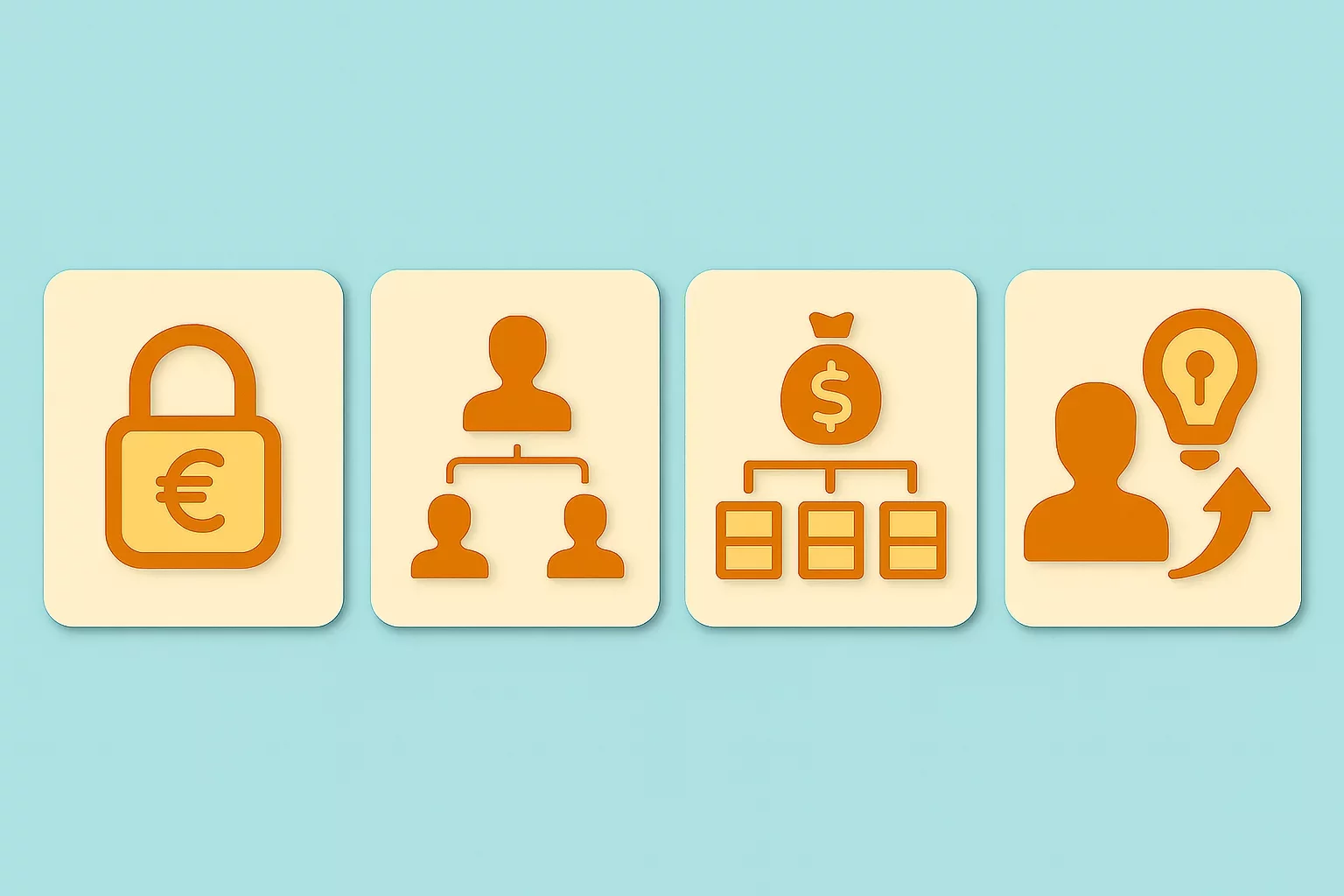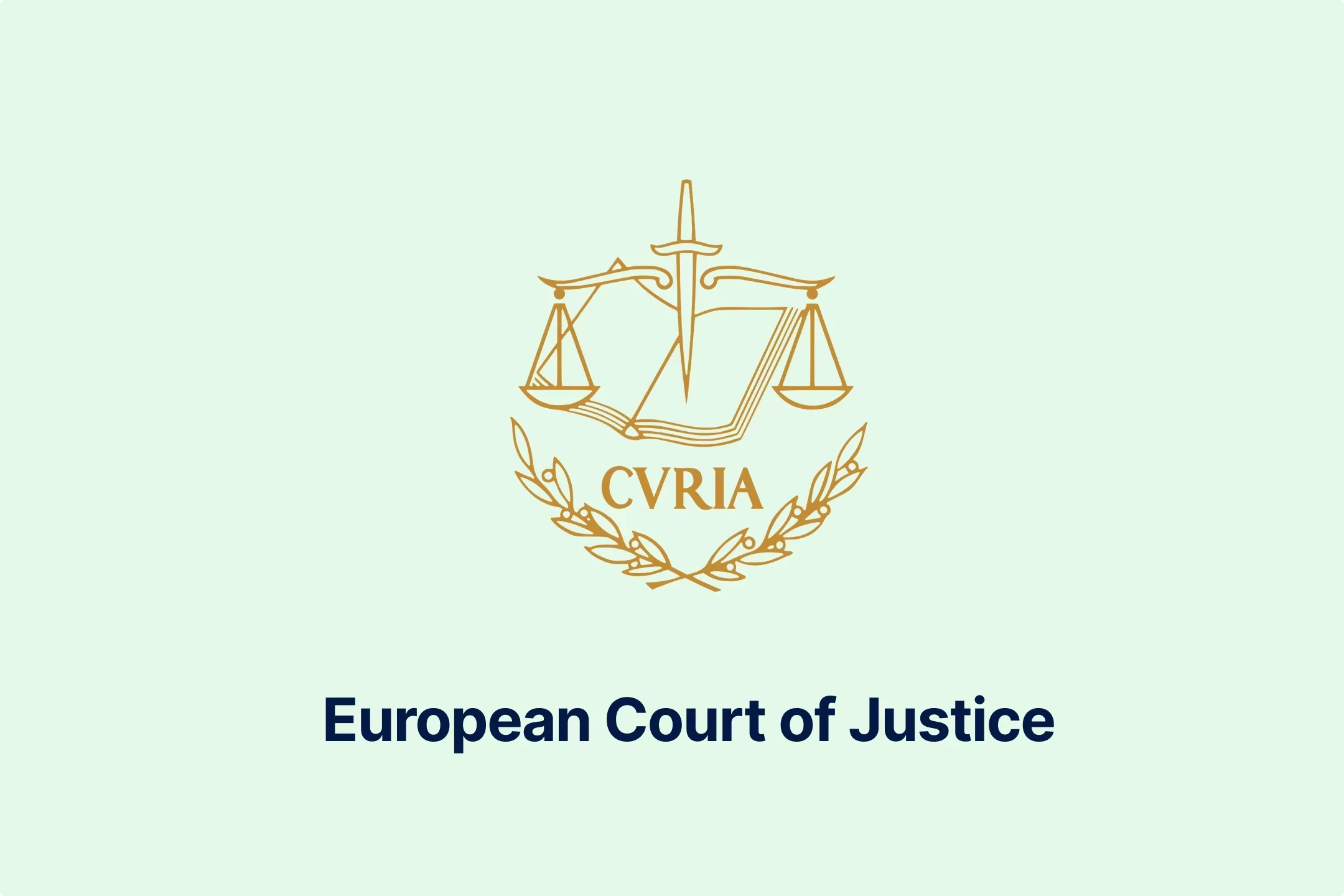VAT in Luxembourg: Rates, Registration & Reporting Explained

| Standard VAT Rate | Reporting Frequency | VAT Rate for ESS | Digital Reporting | Reporting Currency | |
|---|---|---|---|---|---|
| 17% | Monthly/Quarterly/Annual | 17% | Resident | B2G/SAF-T | EUR |
| Non-Resident | B2G/SAF-T | ||||
VAT in Luxembourg - Four Types of Rates
There are four types of VAT rates in Luxembourg:
Standard VAT rate,
Intermediate VAT rate,
Reduced VAT rate, and
Super Reduced VAT rate.
| Luxembourg VAT Rate | Type | Applicability |
|---|---|---|
| 17% | Standard VAT Rate | Applies to all taxable supplies in the country besides those subject to intermediate and reduced rates or which are VAT-exempted; |
| 14% | Intermediate VAT Rate | Applies to printed advertising material, solid mineral fuels, and the supply of wine under certain conditions. |
| 8% | Reduced VAT Rate | Applies to intra-Community acquisition of works of art, intra-Community supply of works of art, bicycle repairs, and electrical energy. |
| 3% | Super Reduced VAT Rate | Applies to food products. books, newspapers, and periodicals. |
How Much is VAT in Luxembourg’s Regions?
Although the VAT Luxembourg regime has slightly differently defined VAT rates than other EU Member States, no specific VAT rates apply to only one part of the territory.
VAT Registration Threshold
The VAT regulatory framework, with official guidelines and explanations provided by the Inland Revenue, provides all the relevant information on the VAT threshold in Luxembourg.
The legislation defines different VAT registration thresholds for resident and non-resident taxable persons. The threshold for domestic taxable persons is EUR 35,000, whereas there is no such threshold for non-resident taxable persons.
As an EU Member State, Luxembourg incorporated the EU-wide rules for the VAT registration threshold for intra-EU distance sales of goods, B2C supplies of services, and non-EU suppliers of electronically supplied services. While the threshold for intra-EU distance sales of goods and B2C supplies of services is set at EUR 10,000, there is no defined threshold on the EU level for on-EU suppliers of electronically supplied services.
Types of Taxable Activities in Luxembourg
Under the Luxembourg VAT Law, any person, whether legal entities or natural persons, who independently carries out an economic activity, whatever the purpose or result of such activities, is considered taxable.
Delivery of goods and provision of services for a fee within the Luxembourg borders, intra-community acquisition of goods and new means of transport for a fee, or importing goods are all activities that fall under the scope of the VAT Luxembourg.
VAT Registration Process
Generally, any business or individual that engages in taxable activities must complete a registration for VAT in Luxembourg. The process is similar for domestic and foreign taxable persons, such as businesses, with minor differences.
Luxembourg VAT Registration for Domestic Businesses
Domestic businesses exceeding Luxembourg's VAT threshold must complete VAT registration. However, voluntary registration is also an option even when the threshold is not exceeded. Nevertheless, the steps and documents needed to register are the same.
First, businesses must have a bank account or a postal checking account opened in a bank. The applicant must submit an initial declaration. For businesses, this is an initial declaration for legal persons. The declaration can be submitted online through the government portal MyGuichet.lu or by mail using corresponding forms.
The documents needed to complete the VAT registration process include a copy of the incorporation documents in French or German and a copy of the founders' or owners' identity card or passport.
Once the process is complete, an 8-digit VAT identification number is issued to the taxable persons for ultra-Community trade and a 13-digit number is used as the national identification number.
Luxembourg VAT Registration for Foreign Businesses
Businesses not established in Luxembourg but involved in taxable activities must register for VAT within 15 days from the date the first taxable supply is made. If the foreign business is located in another EU country, it is registered with the Tax Office 10. EU-based companies do not need to appoint a tax representative. However, they may do so if they find it more suitable or efficient.
On the other hand, having a tax representative is mandatory for non-EU-based businesses that have to register for VAT in Luxembourg.
VAT Returns in Luxembourg
Taxable persons, foreign or domestic, must file a VAT declaration, also known as a VAT return, monthly, quarterly, or annually. The filing frequency depends on the annual turnover, and returns must be submitted electronically.
Annual VAT returns are due if the annual turnover is below EUR 112,000. Quarterly and annual VAT returns must be submitted for turnovers between EUR 112,000 and EUR 620,000. Monthly and annual VAT returns are submitted when the turnover exceeds EUR 620,000.
Annual VAT returns must be submitted by March 1st of the year following the reporting period, and monthly and quarterly returns must be submitted by the 15th of the month following the reporting period.
Penalties for Failure to File Tax Return
Not complying with the VAT return rules and obligations will ultimately lead to penalties and fines. Therefore, taxable persons should do their best not to violate VAT regulations to avoid additional financial and administrative burdens.
However, if the taxable person fails to register, file a VAT return, pay the due VAT on time, or submit an incorrect VAT return, penalties between EUR 250 and EUR 10,000 may be imposed.
In addition, if the intent or result of failure to comply with VAT rules is to avoid VAT payment, thus committing VAT fraud, a penalty tax of 10% to 50% of the due VAT may be imposed.
VAT Rules for Electronically Supplied Services
Under the EU VAT Directive, electronically supplied services (ESS) are services provided automatically, with no or minimum human input, over the Internet or similar digital network. Services heavily reliant on human involvement and provided through non-digital channels or mediums do not fall under this definition.
As an EU Member State, Luxembourg implemented ESS EU-wide rules into its national regulatory framework, thus harmonizing and unifying the EU VAT landscape. This makes compliance with EU and national rules easier and ensures a more transparent system.
In practice, other terms, such as digital services, digital products, and electronic services, may be used when referring to the ESS, which sometimes confuses taxable persons. However, all these terms have the same meaning as the ESS.
Taxability Rules for ESS:
The 2021 VAT reform package redefined some existing VAT rules and introduced several new ones. Some of the most relevant aspects of the ESS are taxability rules for B2B and B2C supply of ESS and distance sales of goods and ESS.
The general place of supply rules apply to the B2B supply of ESS. For the B2C supply of ESS, the destination principle defines the place of supply. This means that customers' location is the key to determining which rules apply to the supply of ESS.
The most critical aspect of determining which rules apply for distance sales of goods and ESS is a EUR 10,000 threshold. If the supplier's annual turnover is below the EU-wide EUR 10,000 threshold, they may apply domestic rules to made supplies. In addition, if they find it more suitable, they may voluntarily register for OSS and follow those rules.
The destination principle determines the applicable rules when the annual turnover exceeds the threshold. In essence, this means that VAT rates applicable are where the consumer resides, e.g., VAT rate Luxembourg.
How much is VAT in Luxembourg on ESS?
The Luxembourg VAT rate for ESS is 17%.
E-Commerce Rules
2021 marks a significant year for the EU VAT system, as it was when the EU VAT E-commerce package came into effect, changing and simplifying the VAT rules for the e-commerce industry. Besides affecting EU taxable persons and EU Member States, the reformatory package also influenced non-EU businesses, as they had to follow EU-wide rules.
The reform abolished the previously established EUR 22 threshold for imported goods and a new EUR 150 threshold for low-value goods imported from non-EU countries in a single consignment.
Until this reform, every EU Member State had its own Intra-Community distance sales threshold, which led to confusion and complexity. The reform removed all of them and introduced a single EUR 10,000 threshold on the EU level.
Furthermore, digital platform operators are responsible and liable for VAT in specific situations. This means that when all the conditions are met, it is up to digital platform operators to charge, collect, and remit VAT to Tax Authorities instead of the underlying supplier or original vendor.
The revised and updated VAT rules also led to the expansion of the 2015 Mini One Stop Shop (MOSS) to the One Stop Shop (OSS) system. This was done by further developing Union and non-Union schemes defined under the MOSS and establishing a new Import One Stop Shop (IOSS) scheme.
Therefore, the OSS established in 2021 consists of three schemes:
Union Scheme,
Non-Union Scheme,
Import Scheme.
VAT EU Reporting
VAT-registered taxable personas that engage in the supply of goods and services with VAT-registered taxable persons from another EU country must submit Recapitulative statements for goods and services, also known as EC Sales List, and Intrastat reports for the supply of goods.
EC Sales List
Ec Sales List (ESL) is a tax return submitted to the Registration Duties, Estates, and VAT Authority in addition to the regular VAT returns. The ESLs are submitted electronically monthly by the 25th day of the month following the reporting period through the platform for the electronic gathering of financial data (eCDF).
Taxable persons may submit quarterly ESL if intra-EU supplies are below EUR 50,000, excluding VAT in the current quarter or any previous four quarters.
Intrastat
Intrastat is a statistical report on the intra-EU supply of goods that VAT-registered taxable persons in Luxembourg must submit when they exceed the arrival or dispatch thresholds. The arrivals, or import, threshold is set at EUR 200,000, and the dispatch, or export, threshold is set at EUR 150,000. When these thresholds are exceeded, the simplified Instrastat is required.
However, two additional thresholds are defined. When imported or exported supplies exceed EUR 375,000, a more detailed Intrastat is required. Finally, an extended Intrastat must be filed when the arrivals exceed EUR 4 million or dispatches exceed EUR 8 million.
Digital Reporting
Regarding the digital reporting requirements, Luxembourg has certain e-invoicing and SAF-T rules.
Local Businesses
Regarding the e-invoicing rules, there are mandatory B2G e-invoicing requirements in place. This means that all government bodies must receive and process e-invoices relating to B2G transactions. The exchange is completed through the Peppol network, which can be used for voluntary B2B e-invoicing.
Data in SAF-T format must be submitted to the Tax Authority upon request or during a tax audit for accounting and tax reporting purposes.
Non-Resident Businesses
Non-resident taxable persons, like businesses registered for VAT in Luxembourg, must follow the same B2G e-invoicing and SAF-T rules as the local ones.

Featured Insights

Angola’s E-Invoicing Mandate: Phased Implementation Continues Into 2026
🕝 December 10, 2025
VAT Deduction and Business Succession: When Do Advisory Costs Serve the Company’s Interest?
🕝 December 8, 2025
Europe’s Plastic Fiscal Shift: Why Italy’s Plastic Tax Now Starts in 2027
🕝 December 3, 2025
The Decline of Low-Value Import Exemptions: Closing Gaps in Cross-Border E-Commerce
🕝 November 20, 2025More News from Luxembourg
Get real-time updates and developments from around the world, keeping you informed and prepared.
-e9lcpxl5nq.webp)


